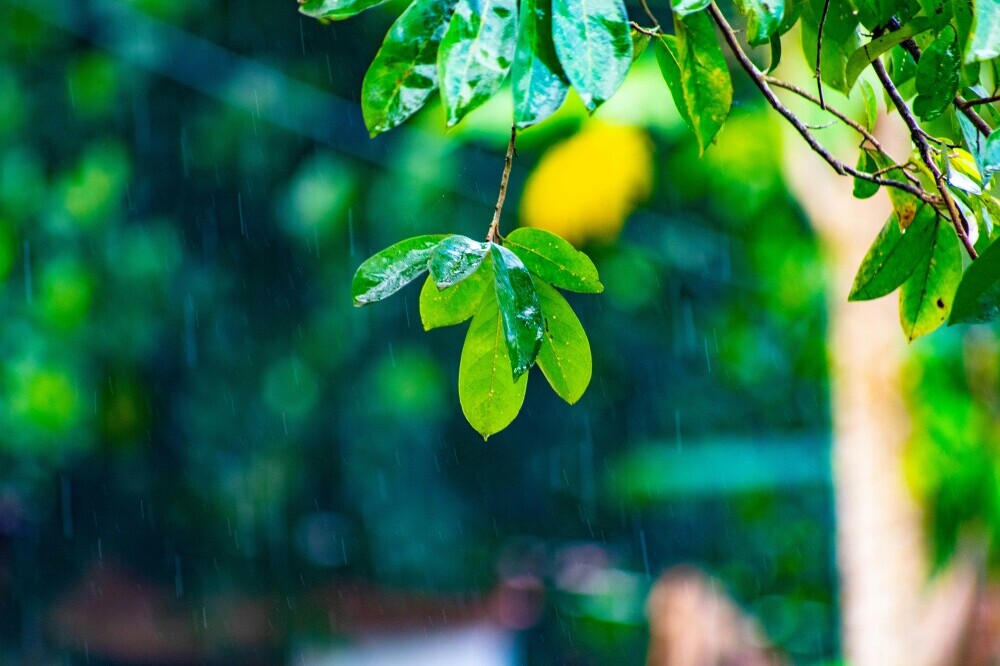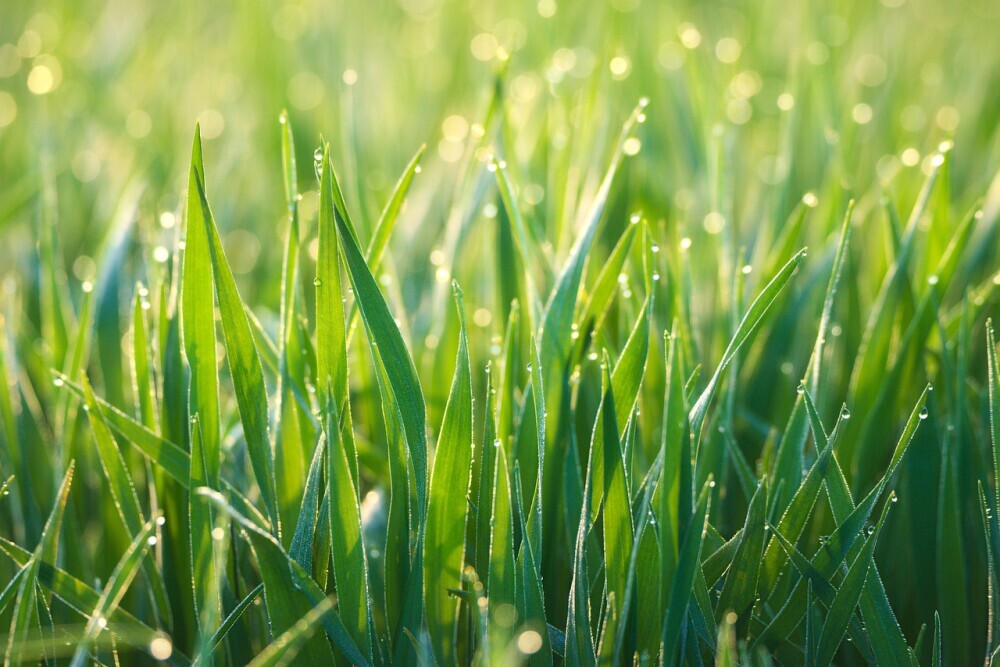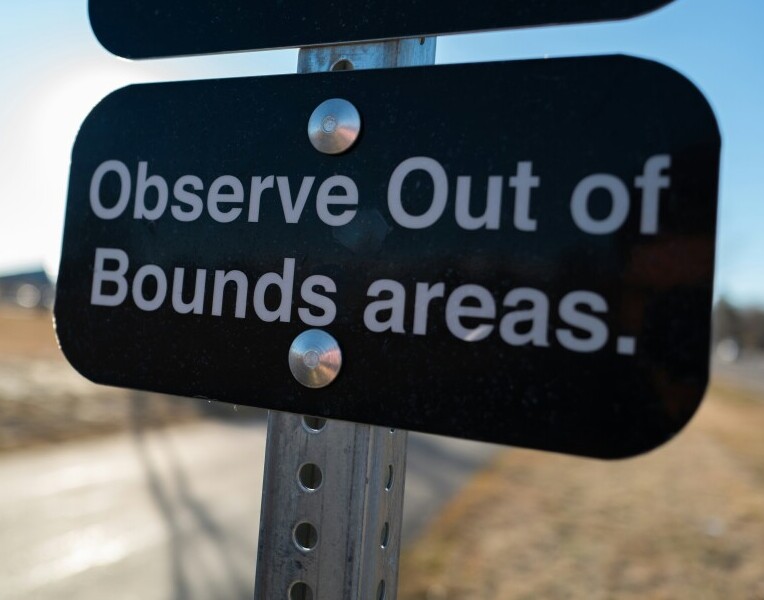Tips For Playing Golf In The Rain


Fore! Quick note: a few links here are affiliate links. If you snag gear through them, I earn a small commission — no extra strokes added to your game.
There’s a unique thrill to playing golf when the weather takes a turn. Rain can put an interesting spin on your usual game, adding layers of challenge and excitement. But it can also throw off your rhythm if you’re not mentally prepared. Understanding how rain changes everything, from the feel of the club in your hands to the roll of the ball on wet grass, is crucial to keeping your cool on the course. But no need to fret about it, because the golf viking is here to guide you through the deluge.
Weather isn’t just a backdrop when you’re golfing; it’s a game-changer. The rain adds complexity, but it’s also an opportunity to test your adaptability. Solid mental resilience goes a long way. Embrace the challenge as a chance to sharpen your skills.
Face each shot with confidence knowing you’ve got the right mindset to handle whatever the sky throws at you. You can also have the peace of mind knowing that if your out on the course and it starts raining, you’ll know just how to handle it.
Creating a rainy day routine can help streamline your play and ensure nothing’s left to chance. Check your gear and secure it against the elements. Develop a checklist of essentials like waterproofs and gloves that enable you to stay comfortable and focus on the next shot.
Consistency is key when rain clouds roll in, so knowing your game plan helps you stay steady. Be prepared for anything mother nature may throw your way. So what exactly do you need to make it through the downpour?
A secure grip is even more critical when your hands and club are damp. Discover the best gloves, grip materials, and techniques in our guide to maintaining your grip in the rain.

Rain-Ready Golfer: Essential Preparation and Equipment
A little planning goes a long way when you’re tackling the elements on the green. Being rain-ready isn’t just about braving the drops, it’s about being smart with your gear. Waterproof jackets and pants? Absolutely essential. Don’t forget shoes with good traction to keep you steady as you swing.
Your gloves play a crucial role too. A second pair of rain gloves can be a lifesaver, offering grip where regular ones might fail. Keeping your clubs dry is also a priority. Use a bag with a rain hood, and have towels on hand to ensure they’re ready when you need them. Imagine how good your round will go if you’re not able to hold onto your club. Yikes.
It’s all about layering when it comes to clothing. Breathable base layers keep you dry from the inside out, while outer layers fend off the rain. A warm hat or beanie can lock in your body heat, keeping you comfy throughout your round. It’s important to have clothes that won’t stick to you while wearing something that’s going to repel the water on the outside of your outfit.
Making strategic changes to your usual game plan is smart practice. Knowing that distances and roll will change, factor those into your club selection and shot choices. Weather-proofing your strategy allows for adjustments without hesitation, freeing you to focus on the game. Okay so now that you know how to dress properly, how about golf strategy?
Not all golf balls perform the same in wet conditions. Learn how to pick the best golf ball for rainy weather so you can keep your shots consistent and accurate when the greens are slick.

Mastering the Wet Terrain: Techniques for a Better Game
Wet conditions don’t have to spell disaster for your golf game. Think of them as a new playing field needing your creativity. Shot adjustments are necessary when you’re dealing with soggy fairways and unpredictable roughs. You’ll need to be mindful of how to handle a wet course.
When the ground’s squishy, your ball might not go as far as expected, so consider clubbing up. Keep your footing steady by widening your stance to prevent slips during your swing. Slipping during your swing could send your ball in the wrong spot. Focus on keeping your swing smooth and controlled; wet grass needs patience more than power.
Your trusty driver can still pack a punch, even in the rain. Remember, however, that the ball won’t roll as much on wet fairways. Adjust for this lack of roll, and tweak your aim to keep the ball flying true. So if distance is what you’re after, you’ll need to cover that distance through the air since you won’t be able to count on a far roll on the ground.
Don’t let rain cramps your swing style. Take a firm grip but try not to overdo it; gripping too tight can hinder your natural movement. Confidence is your best friend here. Approach each shot with a mindset that embraces the challenge of the elements. Okay so we’ve gone over the basics of how you need to handle wet fairways, so how about our short game?

Navigating the Elements: Chip and Sand Mastery
Wet conditions can transform your short game into a real test of skill. Chipping out of wet grass is all about control. You’ll need a lighter touch to prevent the club from snagging. Open the clubface slightly to help the ball pop up and out with ease. This ensures your swing doesn’t dig into the soggy ground and leads to a smoother follow-through.
Wet sand presents its own unique challenge. To escape from these sticky traps, widen your stance and keep your weight forward. Try using the bounce of your sand wedge by striking the sand a little behind the ball. This technique helps lift the ball without getting bogged down by the wet sand. You’ll need to approach your bunker shots differently if playing on wet sand.
Understanding the bounce dynamics is crucial. The wetness adds a bit more resistance, so adjust your angle to suit the damp conditions. It’s a delicate balance, but one that becomes manageable with practice. Once again, account for less roll so if chipping onto the green you will want to get your ball as close to the hole as possible.
Staying safe is also key. The risk of slipping is higher in the rain, so be mindful of your footing. Taking a second to position yourself securely can save you from an unfortunate mishap while attempting a tricky shot. Don’t hurt yourself trying to smash your ball out of a puddle. Now let’s wrap up with your putting game in the rain.
Rain slows the greens and changes the break. Our tips for putting on wet greens will help you adjust your speed, read lines more effectively, and keep those crucial putts dropping.

The Final Challenge: Putting on a Rain-Soaked Green
When you’re down to the wire putting on a soaked green, patience and precision become your best allies. Rain affects both the speed and trajectory, so recalibrate your expectations for longer, more deliberate putts.
A wet green slows down your ball, requiring a firmer stroke than usual. Test out your pace on the practice green to get a feel for the resistance. It’s all about finding that sweet spot where the ball travels just enough without overshooting.
Reading the green is trickier under these conditions. The rain can mask subtle breaks, so make sure to assess from multiple angles to understand how water is pooling and affecting elevations. Pay attention to where the water is pooling on the green, and don’t hit your ball into any puddles. Your ball will die quickly if it finds enough water.
Focus on your aim and commit to the stroke once you’ve decided the line. Second-guessing your choice on a wet surface can lead to hesitation and an off-target shot. Be mindful to hit it harder than normal to power through a wet green, but still with a touch of finesse.
Every time you’re out there, playing in the rain offers a fresh perspective and a new set of skills that can enhance your game. Embrace each round as a step up in your golfing journey, turning every drop of rain into a building block for mastery. I’ll see you out on the golf course, hey does it look like rain?


